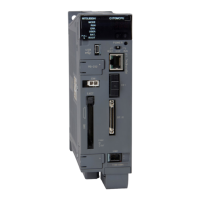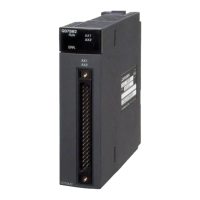2
SYSTEM CONFIGURATION
2.1 System Configuration
2 - 1
1
OVERVIEW
2
SYSTEM
CONFIGURATION
3
TRACKING CABLE
4
PROCEDURE FOR
STARTING UP A
REDUNDANT SYSTEM
5
REDUNDANT SYSTEM
FUNCTIONS
6
REDUNDANT SYSTEM
NETWORKS
7
PROGRAMMING
CAUTIONS
8
TROUBLESHOOTING
CHAPTER2 SYSTEM CONFIGURATION
This chapter explains the redundant system configuration.
2.1 System Configuration
An example of redundant system configuration is illustrated in Diagram 2.1.
* 1: In a coaxial bus system, use double shielded coaxial cables.
Refer to the following manual for the double shielded coaxial cables.
Q Corresponding MELSECNET/H Network System Reference Manual (Remote I/O
Network)
* 2: For the extension base units and network modules compatible with the redundant system, refer to
Section 2.3 and Section 2.4.
Diagram 2.1 Example of Redundant System Configuration
MELSECNET/H (MELSECNET/10 Mode) PLC to PLC network (communication with other stations)
CC-Link
(I/O control, communication
with external systems)
Ethernet
(communication with upper layer)
QCPU
(Normal station)
CC-Link IE Controller Network (communication with other stations)
*2
QCPU
(Normal station)
Remote device
station
Intelligent device
station
AnACPU
(Normal station)
AnUCPU
(Normal station)
AnNCPU
(Normal station)
QCPU
(Normal station)
QnACPU
(Normal station)
Q4ARCPU
(Normal station/
Control station)
Remote
I/O station
Remote
I/O station
Remote
I/O station
Personal
computer
OPS
MELSECNET/H Remote I/O network
*1
(I/O control, communication with external systems)
Remote
I/O station
DP Slave
PROFIBUS-DP
(I/O control)
DP Slave
Personal
computer
Tracking cable
Extension
base unit
*2

